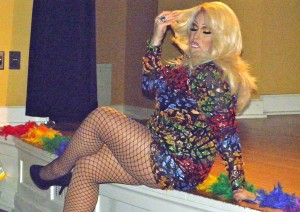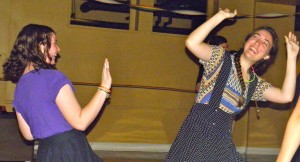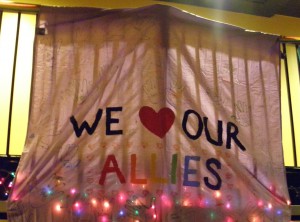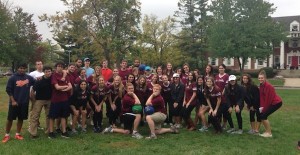By Sadie Slager
Transcript Correspondent
Students in some Ohio Wesleyan residence halls are already racking up community damage charges.
An unplanned fire alarm in the middle of the night over fall break brought up the possibility of community damage fees being assessed to all Thomson Hall residents, as the alarm was caused by fire extinguishers being unnecessarily expelled.
Jill Auxter, residential life coordinator (RLC) for Thomson and Bashford Halls and the fraternities, said at this time she has no additional information regarding the fire alarm incident in Thomson. She said thus far, Thomson and Bashford do not have any community damage charges.
Auxter said the only instance in which all residents are affected with a charge is if individuals are not identified who caused the damage. She said these types of incidents come in several forms.
“Some examples might be a broken window in a hallway or if a fire extinguisher is expelled or found missing,” she said. “This isn’t referring to a specific incident, but rather are just examples”
According to the 2013-2014 student handbook, students responsible for negligence, abuse of facilities or other forms of damage will be responsible for paying the cost of repair, cleanup or replacement. If the identities of these people remain unknown, community damage charges are divided between residents and charged to individual student accounts at the end of each semester.
Freshman John Waldon, a Thomson resident, said he was unaware the alarm went off until the next day because he slept through it. He said he heard about fire extinguishers being taken out of the building, but was unsure of the details.
“People told me someone was messing with the equipment,” he said. “I have heard of what happened, but I have no clue on the identities of those involved.”
Waldon said he doesn’t think it’s fair for all residents to have to pay for other peoples’ careless acts, but the rule has to do with group responsibility.
“The policy is aimed at creating a peer responsibility system and that creates an atmosphere where these people don’t feel unpunished,” he said.
Ally Himes, RLC for Smith Hall and Austin Manor, said she heard someone sprayed the fire extinguishers in Thomson, but didn’t hear of an official incident report after the event.
She said in the residential halls she manages, community damage incidents this year have ranged from bodily fluids in common areas like elevators and steps to public bulletin board displays being ripped down.
Himes said it is difficult to find out who commits most community damage because frequently no one sees the incident taking place or comes forward to report who has done it.
“If there’s community damage and no one was seen, there are really no steps taken to find out,” she said.
Himes said each damage has a “different price” and community damage charges for incidents such as vomit and urine are dependent upon how long each mess takes to clean up since this goes above and beyond daily cleaning services.
“It’s $22 per hour for cleaning, so that is applied and split among everyone in the building each time something happens that needs to be cleaned up,” she said.
Himes said community damage charges are significantly lessened once divided among all members of a residential community.
This is her first year as an RLC at OWU, but Himes estimates that throughout the whole year community damage charges for Smith are probably between $4,000 and $4,500 among the whole building. For everyone individually, Himes predicts this will culminate to be much less than $100 charged to each resident at the end of the year.
One way to reduce community damages is to make sure all residents are aware of what actions constitute community damage without a suspect being identified, Himes said.
According to Himes, students probably don’t know that incidents like pulling down bulletin boards and urinating in public places are considered community damages, but she aims to reiterate with her residents what will be charged to the residential hall as a whole.
Himes said community damage charges also depend on how diligent Residential Life staff members are in reporting and following up on incidents.





